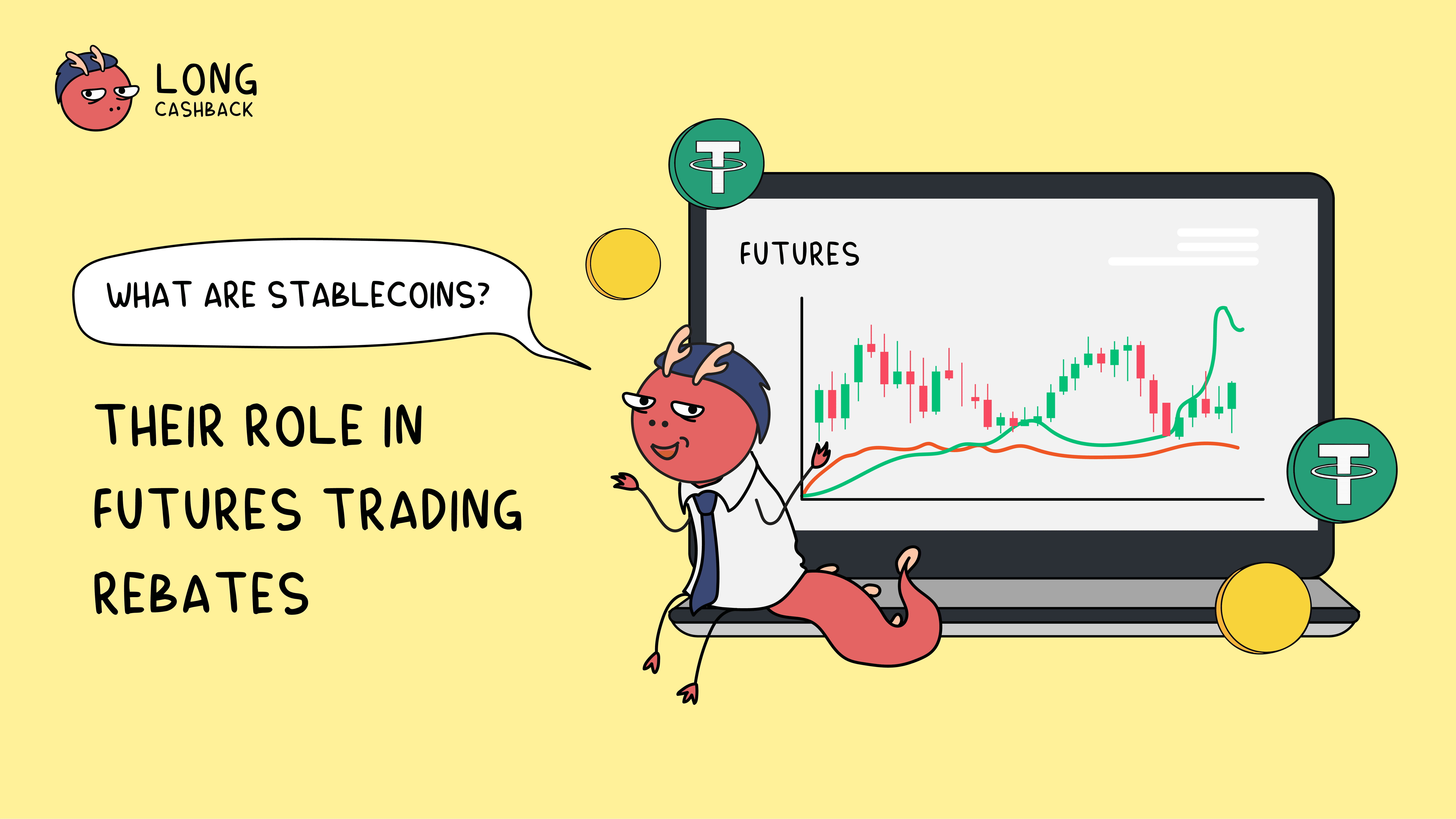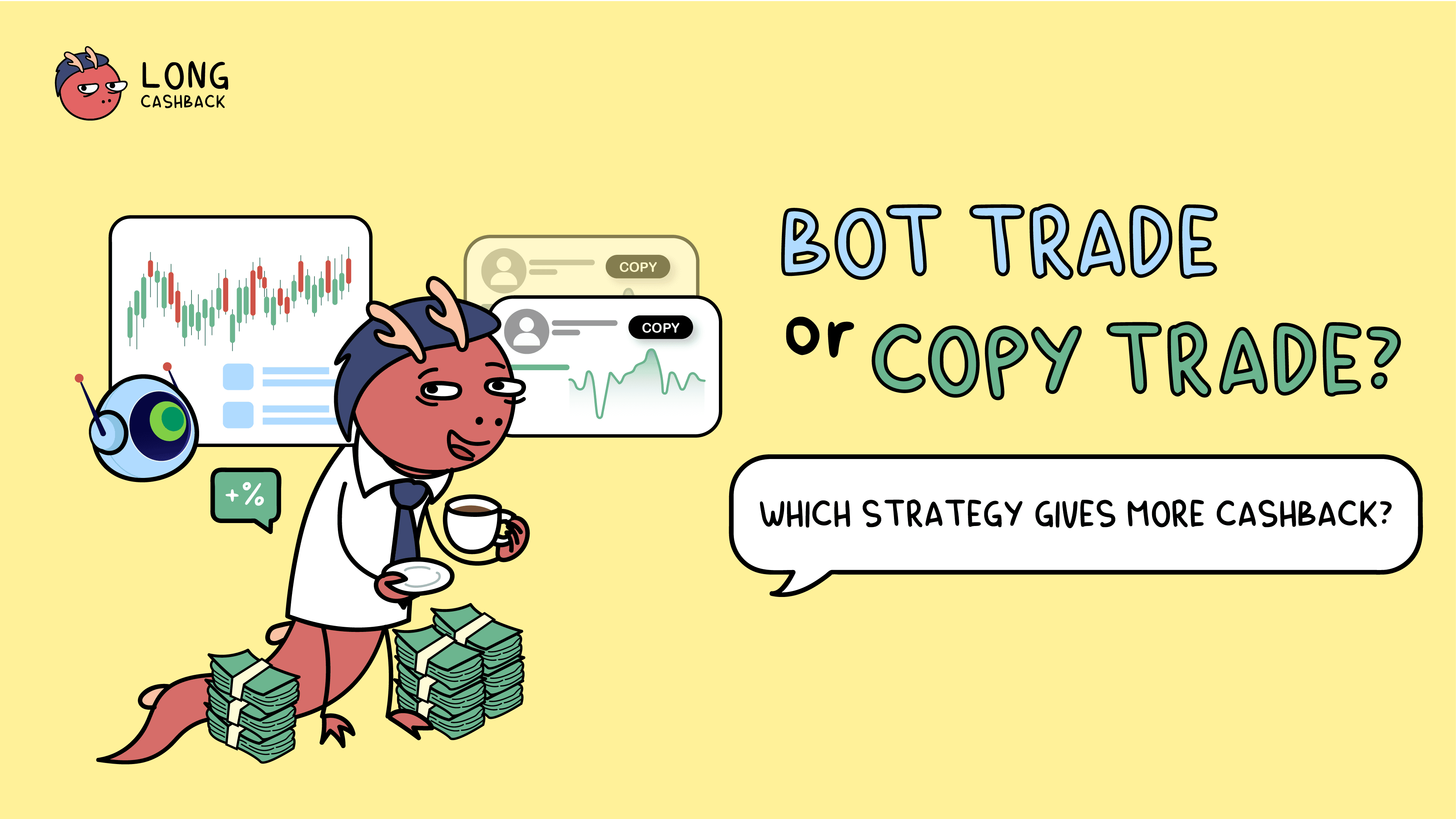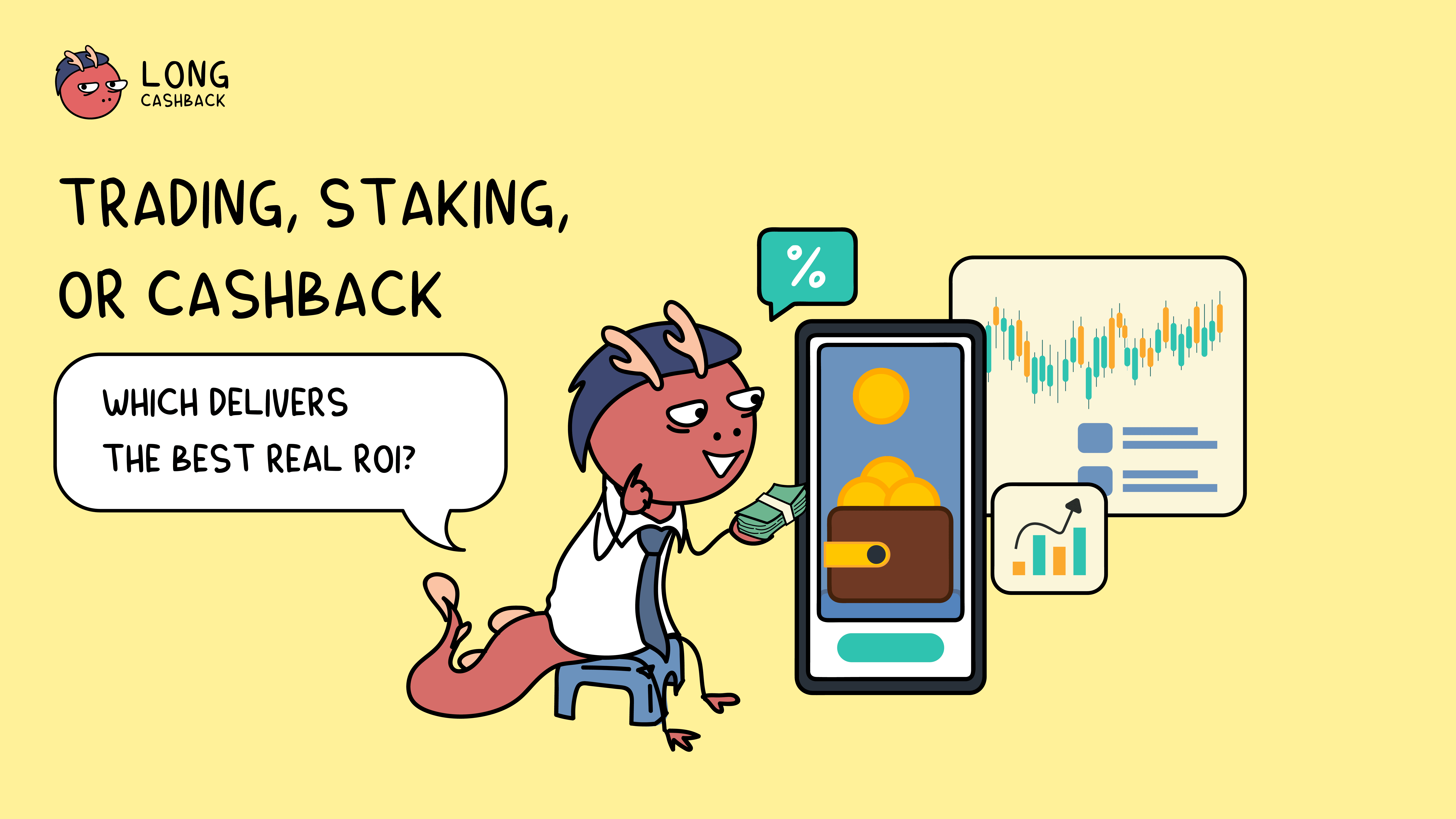September 29, 2025

In a 24/7 crypto market filled with volatility, traders constantly search for tools that combine stability, efficiency, and cost optimization. One of the most important innovations in this space is the stablecoin — a digital asset designed to maintain a stable value while acting as the backbone of the entire trading ecosystem. For futures traders in particular, stablecoins like USDT play a vital role not only in margining and PnL settlement but also in reducing costs through cashback programs.
This article explains what stablecoins are, how they work, their pros and cons, and why receiving cashback directly in stablecoins can be a game-changer for futures traders.
A stablecoin is a type of cryptocurrency created to hold a stable value, typically pegged 1:1 to a traditional asset such as the US dollar (USD), euro (EUR), gold, or even another crypto. Unlike Bitcoin or Ethereum, which are highly volatile, stablecoins aim to trade consistently around their peg value, most often $1.
Stablecoins are designed to minimize the inherent volatility of digital assets by linking their value to a reference asset, most commonly the US dollar.
When the market price drifts away from its peg, stabilization mechanisms kick in. If the price falls below $1, users are incentivized to redeem stablecoins for the underlying collateral, reducing supply. Conversely, if the price rises above $1, new stablecoins are issued, increasing supply and bringing the price back down.
This self-correcting supply-and-demand mechanism ensures stability and makes stablecoins a safe bridge between traditional finance and the crypto economy.
Stablecoins fall into three main categories:
Alongside their mechanisms, market capitalization reflects adoption and trust. Here are the top 5 stablecoins by market cap (Sept 2025, CoinMarketCap):
1. Tether (USDT): ~$173B market cap — the most dominant and widely used stablecoin worldwide.
2. USD Coin (USDC): ~$74B — known for transparency and regulatory compliance.
3. Ethena USDe (USDe): ~$14B — a rapidly growing stablecoin in 2024–2025.
4. Dai (DAI): ~$5.3B — decentralized, managed by MakerDAO.
5. World Liberty Financial USD (USD1): ~$2.6B — increasingly adopted for cross-border payments.
Stablecoins bring many clear benefits to the crypto market.
However, stablecoins are not without risks.
For futures traders, stablecoins — especially USDT — are the backbone of the system. On most major exchanges, stablecoins are used for margining, paying fees, and settling profits or losses. This makes it easier to track capital precisely and calculate PnL in a stable unit of account.
Holding stablecoins also acts as a risk management tool. During high volatility or bear markets, traders can shift their portfolio into USDT to preserve value instead of holding depreciating assets. With their high liquidity, stablecoins allow instant deposits and withdrawals, enabling traders to move funds across exchanges or wallets quickly — a critical factor for futures trading.
One often-overlooked cost in futures trading is transaction fees. For high-frequency strategies like scalping or grid trading, fees can significantly eat into profits.
This is where cashback in USDT makes a real difference. Instead of receiving rebates in exchange tokens (which may lose value), traders who earn cashback directly in USDT benefit from stable, usable rewards. Cashback can be used instantly to open new positions, top up margin, or withdraw safely.
For example:
If you pay 500 USDT in trading fees per month and use a service like Long Cashback, you can get up to 50% cashback. That means 250 USDT back in your account, effectively boosting net profits without taking on additional trading risks.
Stablecoins are not just a hedge against volatility — they are the operational backbone of the crypto ecosystem. For futures traders, they provide stability in capital management, accurate profit calculation, and instant liquidity.
When paired with cashback services like Long Cashback, stablecoins go a step further by cutting trading costs and turning fees into profit. In a market that never sleeps, leveraging stablecoins and cashback together is the key to making futures trading not only profitable in the short term but also sustainable in the long run.

Compare the advantages and disadvantages of “bot trading” and “copy trading” for earning rebates when trading digital assets, helping investors choose the most profitable approach.
long cashback crypto cashback bot trading copy trade
Tham gia ngay, săn Airdrop – trúng thưởng tới tấp cùng Bybit
BYBIT cashbackcrypto futurestrading
In the crypto market, trading, staking, and cashback are three common ways to earn from digital assets. This article compares their real ROI, highlights when cashback can outperform the others, and explains how traders can optimize their net returns.
ROI cashbackcrypto staking tradingfutures